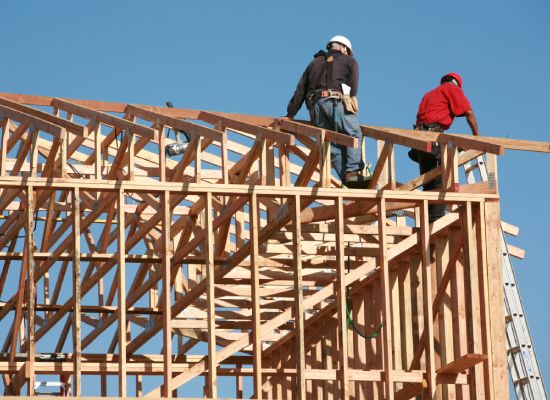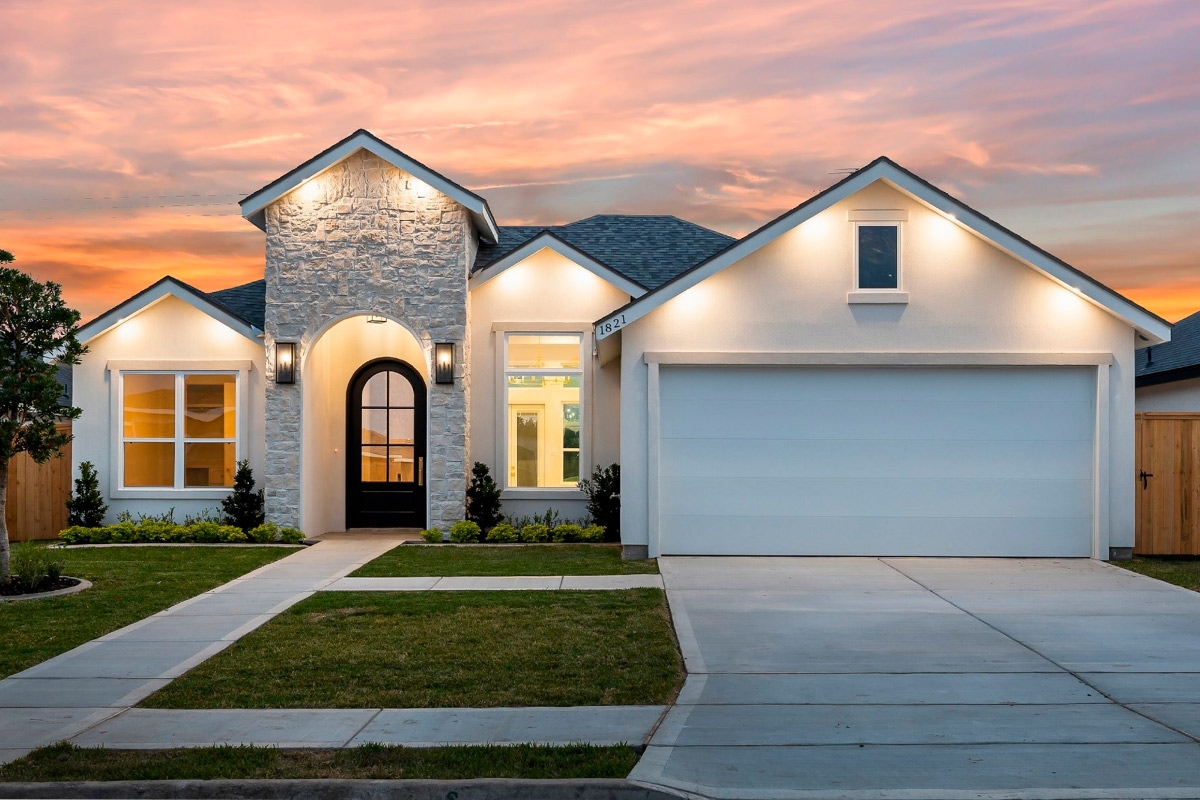7 Things to Consider Before Moving to a New Subdivision in Mission, TX
Moving to a new subdivision in Mission, Texas, is an exciting prospect and a decision that requires careful consideration. Choosing the right community to call home is not just about finding a house. It’s about finding a place that suits your lifestyle, needs, and aspirations. So, if you’re considering relocating to a new subdivision, you must plan your move well.
There are many amazing subdivisions with beautiful properties in Mission, TX. To choose the perfect place to call your new home, you must take several key aspects into account.
Today, we’ll delve into the seven crucial factors you should consider before moving to a new subdivision in Mission, TX.
Considerations Before Moving to a New Subdivision in Mission, TX
1. Location and Accessibility
The first and foremost factor to contemplate is the location of the subdivision. The location of your subdivision will affect many other aspects of your daily lifestyle. Consider your daily commute, accessibility to essential services, and proximity to your workplace. A prime location can make your life more convenient, ensuring you spend less time on the road and enjoy your new home more.

Here are some practical tips to help you evaluate this factor:
- Determine the daily routes you’ll be taking to work, school, or other frequent destinations. Check for traffic patterns, congestion, and estimated peak-hour travel times.
- Ensure that the subdivision is close to grocery stores, medical facilities, and other amenities that are important to you and your family. Access to these services can save you time and make it easy for you to manage daily supplies.
- Research any upcoming infrastructure projects or road improvements that might affect your commute or accessibility in the future. Staying ahead of such changes can be advantageous.
For instance, Eldorado at Thousand Oaks provides convenient access to restaurants, shopping and retail establishments, recreational activities, Edinburg ISD newest schools, and hospitals.
2. Amenities and Facilities
Before committing to a new subdivision, you must evaluate the amenities and facilities it offers. For example, does it have a community pool, fitness center, parks, or walking trails? Such additional perks will enhance your quality of life and provide you with opportunities for recreation and relaxation.
It’s best to visit the subdivision and check their community center, pool, fitness center, parks, and other shared amenities. Observe their condition, cleanliness, and whether they align with your interests and needs.
You should also inquire about the community’s event calendar. Are there regular social gatherings, sports leagues, or fitness classes? Living in a subdivision with frequent social events will significantly boost your social and mental health. Apart from amenities and events, also explore the walking trails and parks in the area. Well-maintained green spaces can be an inviting feature, perfect for peaceful relaxation.

3. Schools and Education
If you have children or plan to start a family, then the quality of schools in the area is another factor you must consider. A neighborhood with excellent schools can greatly benefit your children’s education and development.
Start researching school ratings, test scores, and reviews for nearby institutions. This data can help you assess the academic quality and educational opportunities for your children.
Inquire about the availability of extracurricular activities, clubs, and sports programs at the local schools. A diverse range of options can foster your child’s growth and interests. Determine the distance between your prospective home and the schools your children would attend.
Shorter commutes can reduce stress and allow for more family time. And, of course, look into the fee structure of the best schools in the area so you can financially plan for your children’s education.
4. Safety and Security
The safety and security of your new neighborhood should be a top priority. Ensuring the safety of your surroundings will give you immense peace of mind. First of all, you can investigate the crime rates in the area.
Online crime maps and local police reports can provide insights into the safety of the neighborhood. Then, you can also connect with people living in and around the subdivision and inquire about general safety in the area.
Check the security measures of your subdivision thoroughly. Does it have street lighting, security patrols, or a neighborhood watch program? These elements should be standard practices in most reputed subdivisions.
For additional insights, you can attend community meetings or neighborhood events to understand the community’s vigilance and awareness of safety concerns.

5. Real Estate Market and Resale Potential
Your home is a significant investment, and the property values within the subdivision can directly impact your financial future. You should examine the property values in the subdivision and research the historical trends in the area. Have the rates been consistently increasing over the years? A stable or appreciating market is generally a good sign and indicates high resale potential in the future.
Further, you should consult local real estate experts or online resources to understand the current state of the local market. Consider the potential for home improvement and renovations in the subdivision. A neighborhood that encourages property upgrades can positively influence resale potential.
6. Community and Neighbors
A sense of belonging and community is essential for a fulfilling life. Attend local events and gatherings to interact with current residents. This lets you know your potential neighbors and the community culture. Spend time in the area during different times of the day and week. Spending some time in the area will allow you to observe the neighborhood’s dynamics and noise levels, giving you a better sense of what to expect. You can also join local online forums or social media groups to engage with residents, ask questions, gain insights, and connect with future neighbors.
7. Future Development and Planning
Lastly, take a look at the future development plans for the subdivision. Is new infrastructure, commercial centers, or public services possibly coming to the area? This can affect your property value and lifestyle in the long run.
Research municipal plans and zoning regulations for the area to gain more insights into future developments and any improvement plans. Inquire about any upcoming infrastructure projects in the region. New roads, public transportation, or recreational facilities can enhance your living experience. If available, review the subdivision’s master plan. This document outlines the long-term vision for the community, including any proposed changes or expansions.
With these considerations in mind, you can make an informed decision to find the perfect subdivision in Mission, TX subdivision, that will become the ideal place to call home.
That said, if you need help choosing the right subdivision in Mission, TX, we are happy to help. Contact us today to learn more.






